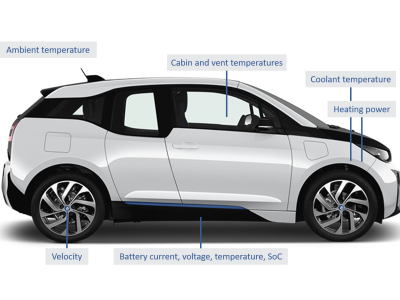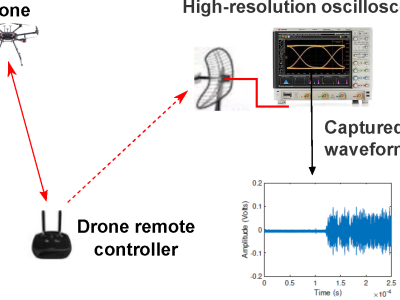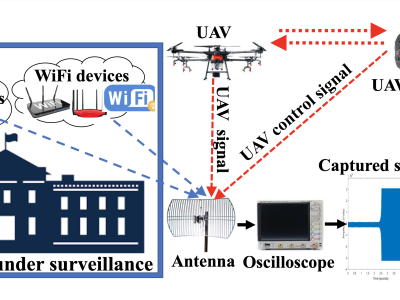matching between passenger demand and service supply for urban rail transit network

- Citation Author(s):
- Submitted by:
- Jiamin Zhang
- Last updated:
- DOI:
- 10.21227/xda1-5421
- Research Article Link:
 367 views
367 views
- Categories:
Abstract
Both passenger demand and service supply are among the most important factors that determine the performance of urban rail transit system. It is not easy to find out optimal solution for the match between the passenger demand and service supply with traditional methods, due to the complexity of the combinatorial intelligent supply — demand matching problem. In order to get the comprehensively optimal matching degree, this paper transforms the multi-criteria problem into the distributed artificial intelligence optimization by using multi-agent dynamic interaction technique. On the demand side, the dynamic passenger traffic demand with agents is modelled from perspective of boundedly rational travel decision. On the supply side, the dynamic service supply of train traffic with agent is modelled. The headway time is designated as the main decision variable, for the key link between the passenger demand and service supply is the headway time in different time-of-day intervals. To make the passenger demand more closely matched with service supply in urban rail transit network system at the reasonable travel cost and operational cost, the calculation formula for matching degree is proposed, along with the distributed system architecture for agent-based matching mechanism, and the negotiation-based iterative mechanisms for balancing. The proposed methods are validated on the simulation platform NetLogo. The simulation results emphasize the importance of representing the supply side and the demand side jointly/interactively. These findings are meaningful for policies on both development of efficient capacity usage strategies of urban rail transit network and provision of high level of service for passengers.
Instructions:
this dataset describes the matching results of passenger demand and service supply for urban rail transit network








